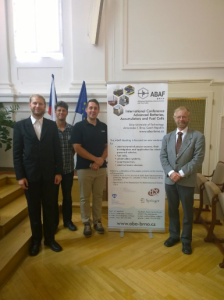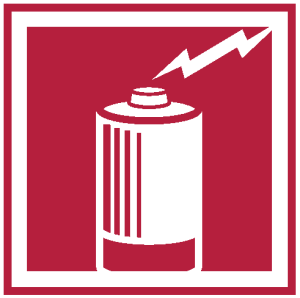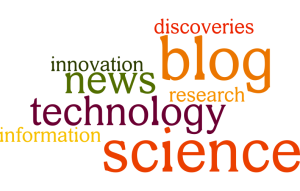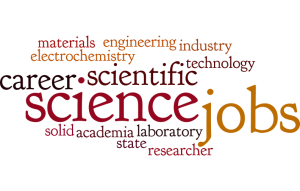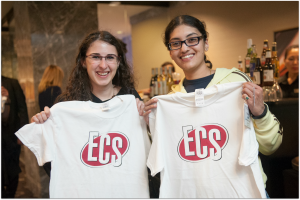The spotlight is on the Brno Student Chapter from the Czech Republic! The Brno Student Chapter was established in 2006. The focus of their activities is on batteries, electrochemical conversion and the storage research field.
On September 3, 2015, members of the Brno Chapter presented at the 16th International Conference on Advanced Batteries, Accumulators and Fuel Cells, also known as ABAF. Proceedings of this meeting will be published in an edition of ECS Transactions. In addition, four members have submitted dissertation theses this year, which are scheduled to be presented and defended early 2016. Great job, Brno!
Want your student chapter in the spotlight? Send an email to beth.fisher@electrochem.org to tell us what makes your chapter stand out!


